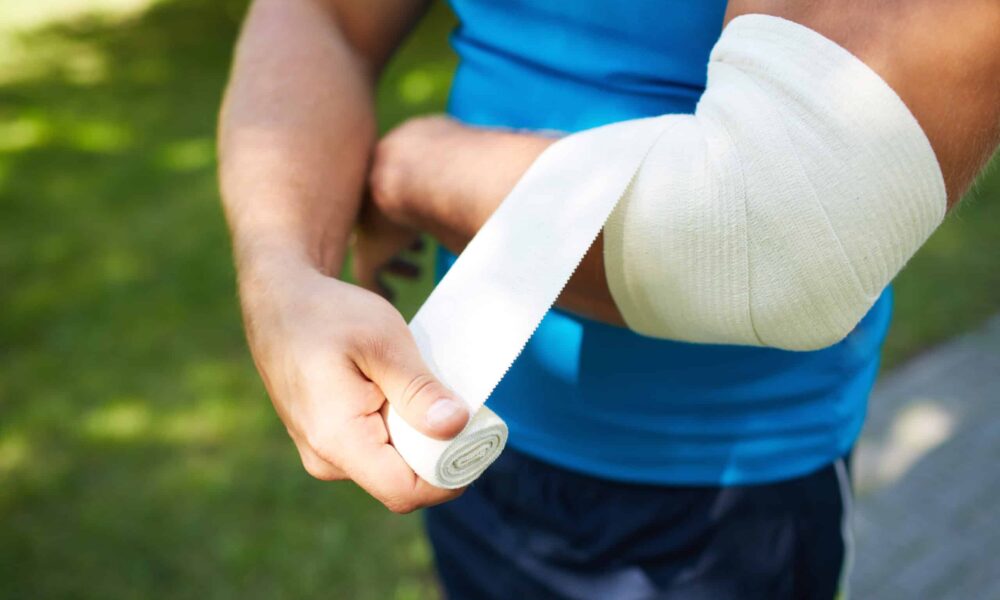Common Personal Injury Claims and How to Approach Filing

Personal injury claims play a vital role in helping people seek compensation for injuries caused by someone else’s negligence or wrongdoing. They allow victims to hold those responsible accountable and recover costs from medical bills, lost wages, and other damages. Understanding personal injury claims is important, not just for legal reasons but for their role in promoting justice and fairness. As personal injury cases grow, knowing how these claims work is vital for those seeking justice.
Personal injury claims cover many types of incidents, each with its own challenges and paperwork. From car accidents to workplace injuries, every claim has unique needs. Breaking down different claim types—like motor vehicle accidents, slip-and-falls, medical malpractice, product liability, and workplace injuries—can help make these challenges clearer. Looking at the steps for filing claims and gathering key evidence gives a better understanding of the legal process, making it easier to handle a personal injury claim successfully.
Motor Vehicle Accident Claims
Filing personal injury claims for motor vehicle accidents can be challenging, requiring a solid grasp of what makes a claim valid. After car, motorcycle, or truck accidents, proving fault often depends on showing the other driver was negligent. Injuries in these cases can range from whiplash and broken bones to more severe issues like spinal cord injuries. Gathering evidence quickly is key to building a strong claim; this includes police reports, medical records, photos of the accident scene, and witness statements.
Each piece of evidence plays a key role in supporting the claim and negotiating with insurance companies. A well-prepared claim is often the most successful, highlighting the need for careful attention to detail. Working with a personal injury lawyer can also help ensure all important aspects are covered and presented effectively.
Slip and Fall Accident Claims
Handling slip and fall claims calls for a clear grasp of liability and careful evidence collection. These accidents, often caused by hazardous conditions on public or private property, require proof that the property owner was negligent. To establish liability, it must be shown that the owner knew—or should have known—about the unsafe condition but didn’t fix it.
Gathering evidence quickly is key; photos of the scene, witness statements, and medical records of the injuries are essential. Success in these claims often depends on proving that the hazard was predictable and that no steps were taken to prevent it. Working with a personal injury lawyer can improve the chances of a favorable outcome, as they understand the standards needed to prove fault and secure fair compensation for the injured person.
Medical Malpractice Claims
Filing medical malpractice claims against healthcare professionals or institutions can be challenging, as it requires proving negligence or substandard care. To establish malpractice, it’s essential to show that a healthcare provider deviated from standard practices, resulting in harm to the patient. This process involves gathering strong evidence, such as medical records, expert testimonies, and detailed documentation of the care received, which supports the claim and counters common defenses from healthcare providers.
Plaintiffs need to clearly link the provider’s actions to the harm suffered, often relying on expert witnesses to strengthen their case. Some argue that the complexity of these claims can discourage victims from seeking justice, while others emphasize the importance of holding providers accountable and protecting patients.
Product Liability Claims
Managing product liability claims can be complex, as it involves holding manufacturers or retailers accountable for injuries caused by defective products. The process starts with identifying the responsible parties, which could include manufacturers, retailers, distributors, or suppliers. Collecting strong evidence is essential, such as receipts, photos, expert evaluations, and a clear record of how the defect caused the injury.
One key challenge is proving that the defect directly led to the injury. Opinions vary on the effectiveness of these claims: some see them as essential for consumer protection, while others believe they can raise product prices due to litigation costs. Working with legal experts in product liability can improve the chances of success by guiding claimants through complex steps and helping to secure fair settlements or manage court proceedings.
Workplace Accident Claims
Workplace injuries often lead to filing claims that include both workers’ compensation and third-party claims. This process involves quickly following reporting steps and meeting deadlines, which are necessary for eligibility. Workers’ compensation, a no-fault system, generally covers medical bills and lost wages to help employees recover without financial strain.
On the other hand, third-party claims may apply when someone outside the employer—such as an equipment manufacturer or contractor—is responsible for the injury, allowing for additional compensation for pain and suffering. Both claim types require detailed documentation, from accident reports and medical records to witness statements, making it essential to keep thorough records from the start.
Handling personal injury claims can be complex, but understanding the process empowers individuals to seek rightful compensation for injuries due to negligence. Each claim type, from motor vehicle accidents to workplace injuries, has specific requirements that demand careful documentation and timely actions. Working with legal professionals often enhances the chances of success by ensuring no detail is overlooked and all procedures are properly followed. Ultimately, personal injury claims serve not only as a means of financial recovery but also as a pathway to accountability and justice for those affected.





